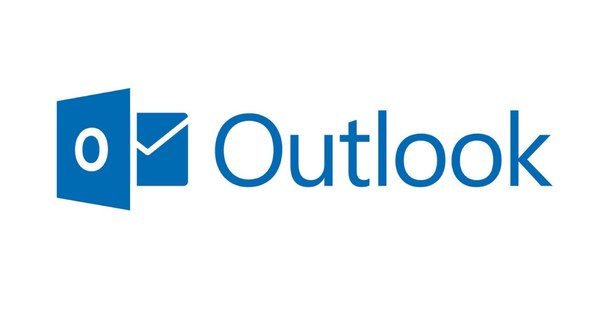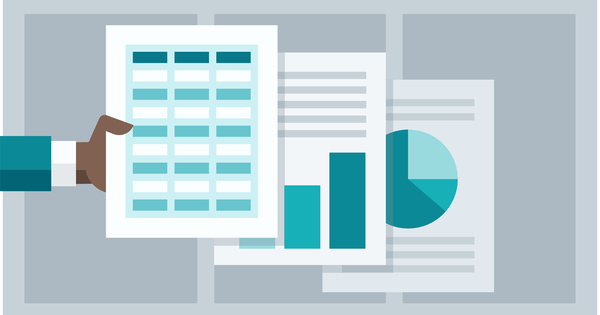Are you looking for a new subscription with data bundle for your smartphone? Then it is useful to know exactly what you can do with a gigabyte. In this article you can read all about gigabytes: how much is a gigabyte and what does it mean for listening to music, watching movies, surfing and more? Of course we also give you some data saving tips.
Tip 01: 1 Gigabyte
1 gigabyte. Giga sounds like a lot, a huge amount. And giga much is more than mega much, but less than tera much. Although we don't come across data bundles with terabytes yet. A data bundle with your mobile subscription usually varies between 1 and 5 gigabytes, with peaks to 10 gigabytes. You use your data bundle for all your internet activities outside the home. One gigabyte is equivalent to 1024 megabytes. Where that is an extreme amount for one activity, it is a pittance for another activity. That is why it is good to take a look at what a gigabyte means for your activities. We present you various activities and tell you what your gigabyte can do for you.
The fine print usually states how fast your carrier's network isTip 02: 1 Speed
Lots of gigabytes of data is nice, but when you're on the road, it's nice if you also have fast internet. Nowadays, a 4G network (LTE) has been installed in almost all of the Netherlands, theoretically this means that you can achieve download speeds of 10 to 20 megabytes per second. In practice, this is sometimes lower, but it is still a lot faster than 3G. With most providers you have to search, but the small print usually indicates how fast the network of the relevant provider is. In addition, it is important to know what happens when you run out of your data bundle. Many providers still let you use the mobile network, but this is often as slow as an old dial-up connection. If you live in a rural area, you may not have access to a 4G network at all. In that case, see if you might be able to get a cheaper 3G bundle with more gigabytes.

Tip 03: Listen to music
One of the things you do with your smartphone is listen to music. If you have music stored as an MP3 file on your device, this will of course not cost a single byte of your data bundle. As soon as you use a streaming service such as Spotify, Deezer or Apple Music, you consume bytes of your data bundle per song. Fortunately, audio files are not very large, how large depends on the compression of an audio file. Let's take Spotify as an example. With a Premium subscription you can choose from three quality settings: Normal, High and Extreme. Normal equates to about 96 kbit/s. About, because the compression of mp3 files is not constant. If there are silent passages, an MP3 file can be more compressed. Therefore, you can't say exactly how many megabytes a three-minute song is in this setting. An estimate can be made, if you assume an average of 720 kilobytes per minute, a song is about 2.5 megabytes in size. At the High setting, a song costs about 4 megabytes and at the Extreme setting, a three-minute song can easily be 7 to 8 megabytes in size. Fortunately, almost every streaming service offers the option to save songs offline. In Spotify, press . on an album Save after which the music is stored encoded on your smartphone. This way you don't use any data when you listen to music on the go.

Tip 04: Watching movies
Where music is still about megabytes, with movies you quickly reach the gigabytes. Video is a huge data consumer, although you also have to deal with different quality settings here. Videos you watch on YouTube or Facebook are often extremely compressed and will cost less megabytes per minute than an HD movie you download via iTunes or Google Play. Suppose we assume YouTube, then a 720p video of 5 minutes costs about 60 megabytes of your data bundle. If you often watch such a funny cat video, this can be quite expensive. But when you watch such a video in 1080p quality, it can quickly take up 300 megabytes, a huge drain on your bundle. Netflix is a little more economical with your data, but you often watch this for a longer period of time. Fortunately, Netflix now also allows you to save episodes for offline use. To do this, tap the download icon behind an episode. You can change the Netflix display quality at App Settings / Image quality. Netflix itself indicates that a movie in standard quality costs about 700 megabytes per hour.
With 1 gigabyte, you can watch Netflix in standard quality for 1.5 hours.
Watching a YouTube video in 1080p quality is a huge drain on your bundlevideo calling
Video calling can consume a lot of megabytes if you have a conversation in HD quality. A video call in the lowest quality can cost about 1 megabyte per minute. A conversation in HD can quickly reach 10 megabytes per minute.
Tip 05: Check Facebook
With Facebook it is not clear-cut how large the consumption is, because it completely depends on what you do on Facebook. If you're chatting with someone for half an hour, you may only use half a megabyte, but if you play all kinds of videos on your news feed, your consumption looks very different. In a nutshell, you can say that one image on Facebook costs about 100 to 200 kilobytes and that a minute of watching video eats about 7 megabytes of your bundle. If you consider that in half an hour you watch about five videos of one minute each on Facebook, chat with three people and see about fifty images passing by, a quick calculation shows that you will soon have used about fifty megabytes . Of course, different rules apply to other social media. Instagram is much more focused on images and videos, half an hour of Instagramming will therefore cost more data than Facebook. With Snapchat you send photos and videos and with that your consumption will probably be the highest.
With 1 gigabyte you can spend 10 hours on Facebook.
Tip 06: Surfing and emailing
Surfing and emailing don't have to cost a lot of data. But again, it depends a lot on your internet behavior. Assuming that you spend most of your time reading emails, watching news, and commenting on user forums, you can do a lot with a gigabyte. Text files cost next to nothing, you are talking about a few kilobytes of data. Of course, the graphical elements of a website cost a bit more data, but on most websites images are optimized for the web, so that they use as little data as possible. Websites that automatically play videos will preload such a video into your browser cache. With this they consume a little more data, but it still dwarfs when listening to music, Netflix and Facebook.
We have tested how much data you actually use with just surfing and emailing. Reading the news on NOS.nl for five minutes cost us 4 megabytes, reading, sending and answering emails took barely a few kilobytes. If we convert these activities into an hour, then you would only spend about 25 megabytes per hour on half an hour of surfing and half an hour of mail work.
With 1 gigabyte you can easily surf and email for 40 hours.
 Even if you play a game 24/7, for a month, you only use a fraction of your data bundle
Even if you play a game 24/7, for a month, you only use a fraction of your data bundle Tip 07: Play games
Playing most games does not require much from your data bundle, although it does depend on what kind of game you play. A simple puzzle will at most use your internet connection to indicate that an update is available or to show any advertisements. Even if you were to play such a game 24 hours a day, 30 days a month, you would still have used only a fraction of your data bundle. It's different when your game has social components, for example if you play against other users online. But here too it will mainly be about chats and small files. There are also games that take up little space in the beginning, but that gradually download their parts from the internet, for example when you have reached a new level and want to continue playing
With 1 gigabyte you can play games for days.

Tip 08: Looking for WiFi
A mobile data bundle is extremely useful, but if you are a gigabyte guzzler, then you better ensure that there are enough Wi-Fi networks when you are on the road. Fortunately, this is doable nowadays. For example, almost every cafe has a WiFi network that you can use as a guest and even on vacation you can usually go to a Starbucks, McDonald's or local tourist office for some free megabytes. If you can't find a spot with free WiFi, there are also apps that can help you with that. A handy app for iOS is, for example, Café Wifi. In major cities around the world, you can see where free Wi-Fi networks are offered. Users report the speed and you will also see this in the search results. You can also consult the database by navigating to the website www.cafewifi.com. For Android, you can download WiFi Finder.

